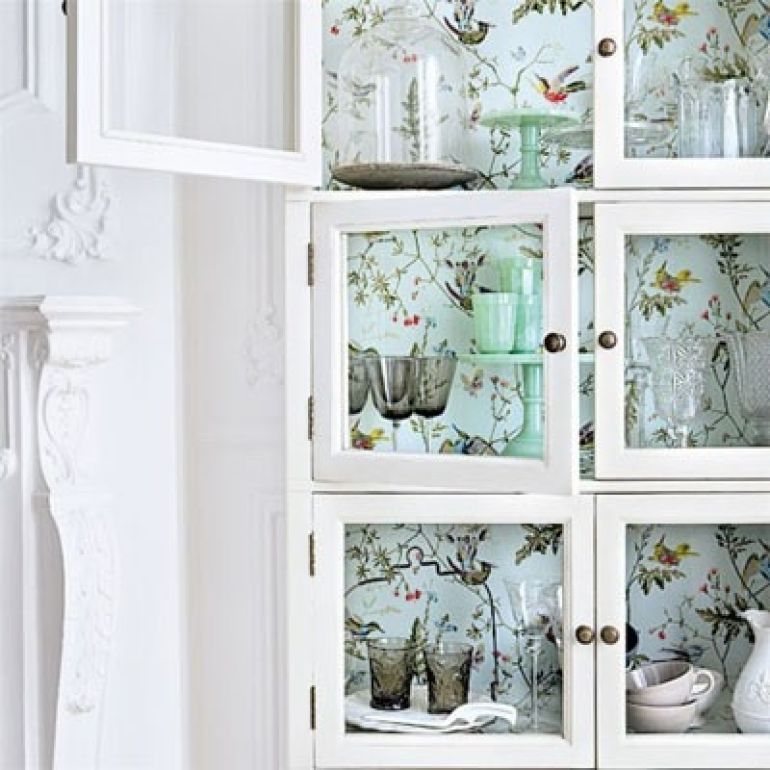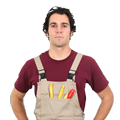An Ultimate Guide To All Things Wallpaper
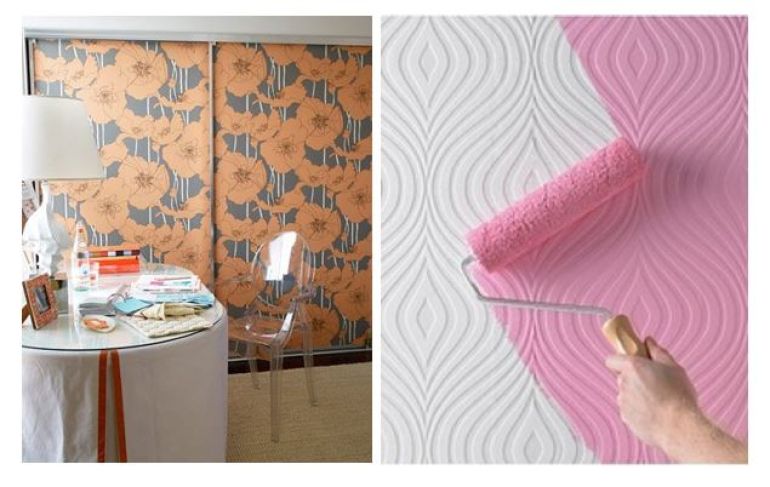
Do I want wallpaper? You might find yourself asking this question before a big move or a major renovation. The real question is: what kind of wallpaper do I want and where can I get some from right away? This classic decorative style is becoming more and more overlooked in favour of simple painting methods, but there are a number of very good reasons to choose it for your home. With a little research you may discover a wealth of benefits to going that extra mile with interior wall decoration. So here it is: your extensive and definitive guide to all things wallpaper, from history to styles, costs to installation, benefits to complications and all things in between.
Jumping on the wallpaper bandwagon is as simple as having a chat with one of our friendly painters, renovators or wallpaper experts. Just post the details of your job and contractors will contact you with their best quotes for all your wallpapering needs!
What's the story behind wallpaper?
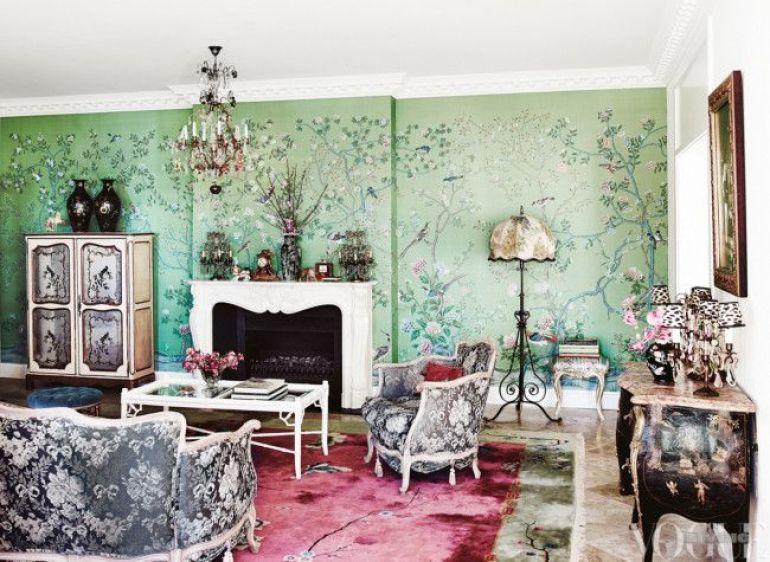
As such a commonplace - indeed, old fashioned - staple of home decoration, it’s easy to forget how pretty fantastic it is that such and delicate and beautiful trade ever even developed. You could say the tradition of wall decoration itself is a fairly ancient practise, dating at least as far back as Greek, Roman and Egyptian painted murals. Wallpapering, however, officially began around 200 BC when Chinese merchants began using rice paper lining on interior house walls.
The practise exploded in popularity during the 17th and 18th centuries as the middle classes grew in Europe and families were eager to imitate the wealthy tradition of hanging tapestries without the explosive costs. The first modern wallpaper was essentially just hanging paintings. Then the trade really took off in England and France, especially after English King Henry VIII’s famous split from the Catholic Church which left Britain without imports from the Italian and Flemish gentry. Woodblock printing was replaced with stencil printing after Queen Anne foolishly put in a wallpaper tax in 1712 which didn’t cover paper you patterned yourself at home. The first machine for printing coloured ink onto sheets of paper was produced in France in 1785 and only a few years later, in 1799, the French found a device capable of printing continuous lengths of paper. A fashion trend was born!
Wallpapering is a characteristic feature of restored Victorian homes which team wooden block Art Noveau style wallpaper and elaborate plaster decorations. These days wallpapering is becoming less popular in Australian households, but there are lots of different printing methods still around - surface printing, rotogravure, screen printing, rotary printing, and digital printing, to name a few. Many designers are pushing for the term to be replaced with the more accurate ‘wallcovering’ given many styles no longer include paper at all!
So is wallpaper the right choice for me?

There’s no point choosing to invest in wallpaper out of prettiness and nostalgia alone! There are a number of factors to consider when determining the suitability of wallpaper for your home.
Wallpaper undoubtedly adds personality to a room in such a vibrant and interesting way that simply cannot be rivalled by a lick of paint. There are a huge number of colours, designs and textures to choose from
Wallpaper is likely to be more expensive than paint - however, there are ways you may choose to compromise this - for example, by limiting the wallpaper to a feature wall
You can get the best of both worlds by painting over wallpaper to produce an interesting texture
Different wallpaper types can endure different levels of cleaning, including scrubbing, washing and careful wiping methods. In many cases, wallpaper may prove just as easy to clean as paint
Wallpaper may be more complex to install but it is a good long term investment, lasting significantly longer than many common paints and saving you time later on
Modern wallpapers are surprisingly easy to remove
Wallpaper exists in many forms and durabilities so it is possible to mix and match depending on the traffic in that area
You can paper half a room or a small section without it looking incomplete - there is more freedom in terms of design
Wallpaper is generally not compatible with humidity because the adhesive will loosen and cause the material to sag or the material will absorb water and rot
Wallpaper trends are constantly changing so it may be hard for you to source the same pattern again later on for repair or replacement jobs. The same may be said of unusual paints, but it will usually be easier to find a similar hue than an entire design
End lesson? Modern innovations in wallpaper make it easier to install, maintain and replace than you might expect. What you need to ask yourself comes down to these factors:
Climate: If you live in a tropical environment it is unlikely wallpaper will have the longievity it enjoys in more temperate areas of Australia. Similarly, using wallpaper in a poorly ventilated bathroom, kitchen or laundry is not the cleverest of ideas
Budget: Most wallpapers will be costlier than paint. However, there’s huge discrepancy within the range of wallpaper products so don’t dismiss it immediately. Weigh up whether short term convenience or long term durability is more important to your home and lifestyle
Taste: Wallpaper comes in so many styles, it’s hard to imagine a design which won’t be complemented with the right paper. However, depending on your interior design scheme, you may be leaning towards a simpler look or other materials entirely, such as brick and clay
What are the main kinds of wallpaper available?
Vinyl coated wallpaper (VCP)
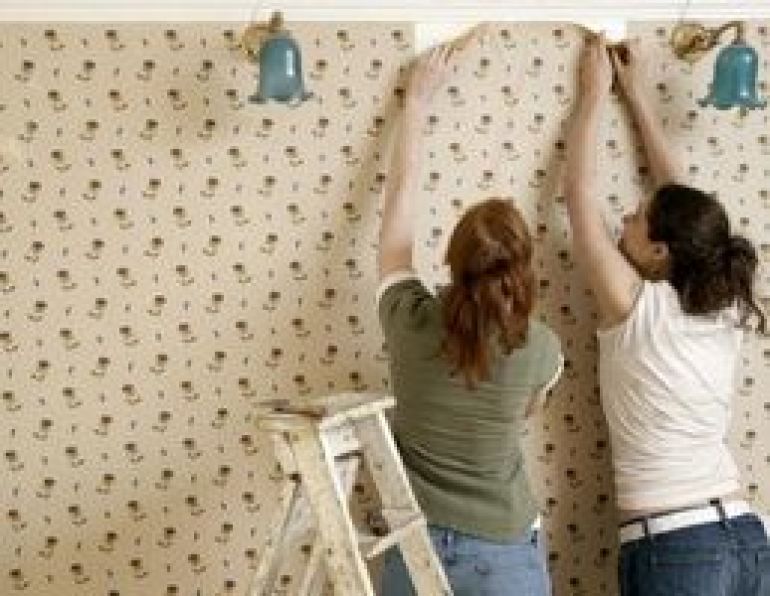
The most common style of wallcovering, this is made by treating wallpaper with acrylic vinyl or polyvinyl chloride. Durable and coming in easy-to-strip pieces, it can also be fabric-backed. This is a standard style which protects the design underneath and is occasionally suitable for areas which attract more moisture. The vinyl is sprayed or coated on in liquid form.
Where can I see more? This beach bungalow by Megan Arquette has a lot of standard wallcoverings to suit different tastes.
Solid sheet vinyl wallpaper (PBV)
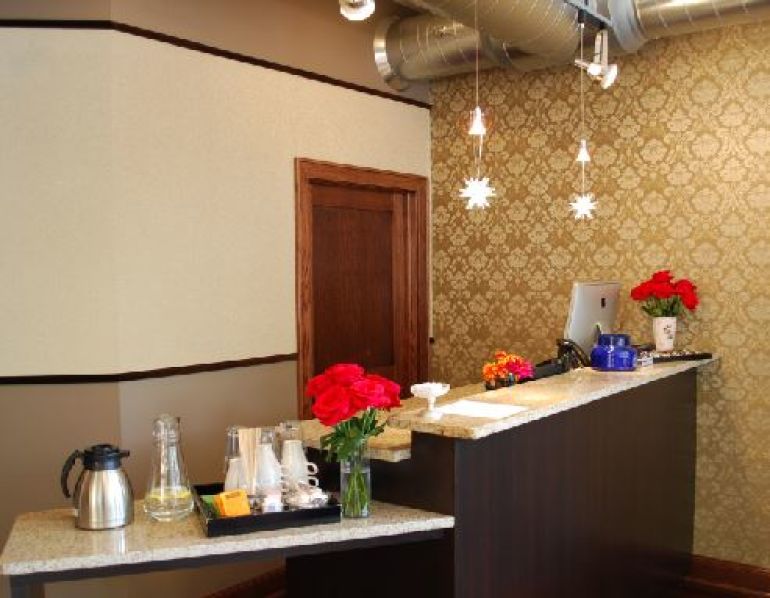
Very durable, strong and easy to clean, these wallpapers are ideal for kitchens and bathrooms. They feature a decorative surface which is a thick, solid piece of vinyl and a backing made of paper pulp, which make it a better choice for humidity and stain resistance. Also known as paperbacked vinyl in reference to the vinyl plastisol being fixed to a paper substrate.
Where can I see more? There are millions of wholesale PBV pieces to be found online in different sizes. Your renovator will be able to help you source a material you like.
Flocked wallpaper
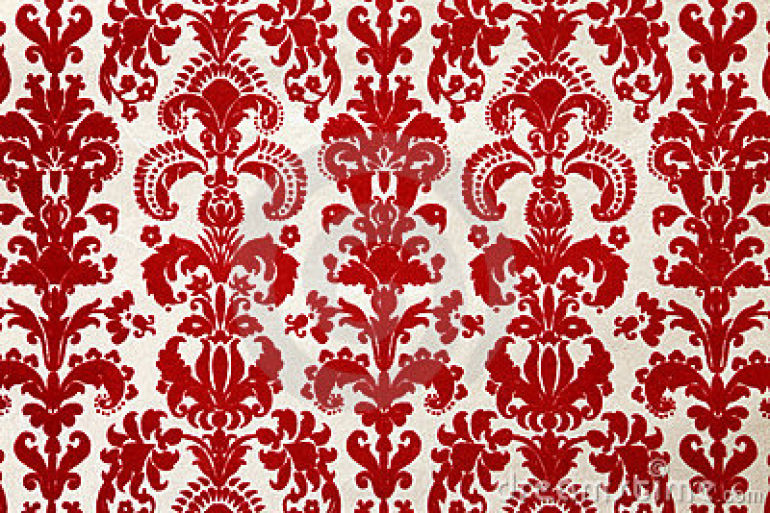
Flock wallpaper is specifically textured to feel like velvet, with aspects of the design slightly embossed. Usually seen in elaborate French-inspired patterns, it is created by sticking small wool fibre particles onto paper to form a velour texture. This style is predominantly decorative and not valued for its light resistance or durability.
Where can I see more? Have a look at this Boston Penthouse by Kellie Burke Interiors which features flock wallpaper and matching furniture.
Grasscloth wallpaper
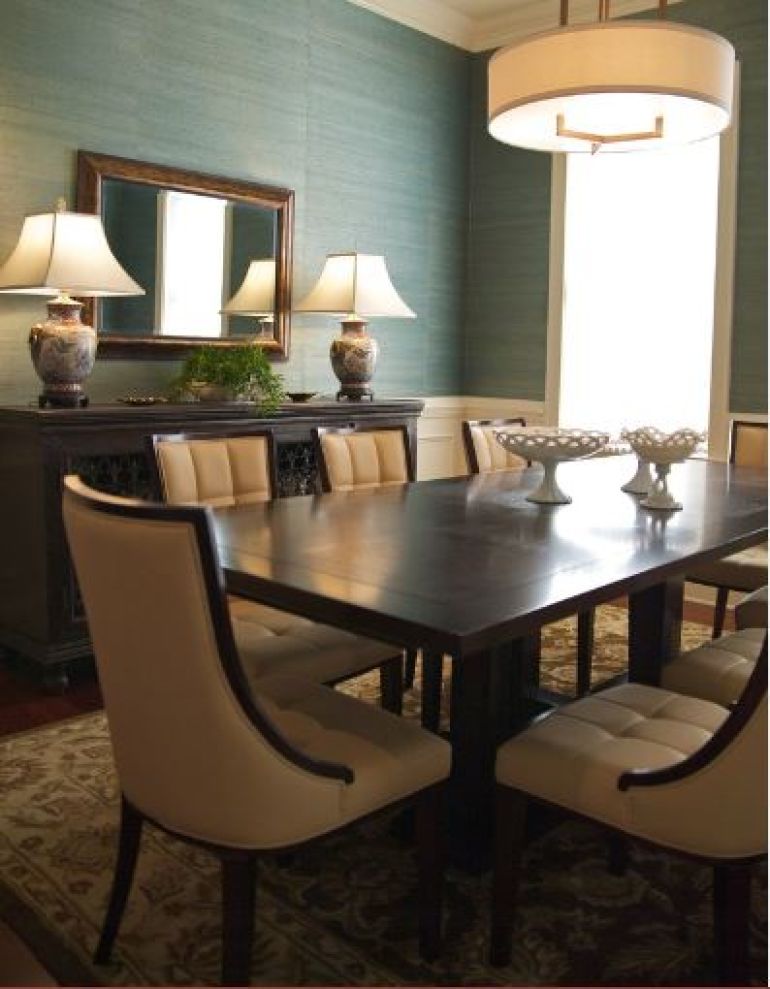
A more unusual choice, grasscloth wallpaper can be made of many natural grasses, including hemp and cotton, woven together and hung with a heavy adhesive. Fixed onto a paper backing, these wallpapers sport a very natural, textured look with or without dyeing and add a homely warmth to a room. Depending on the material, they may be rough or fine and are prone to easy wear and staining.
Where can I see more? This blog post discusses installing grasscloth wallpaper as part of a renovation.
Handpainted wallpaper
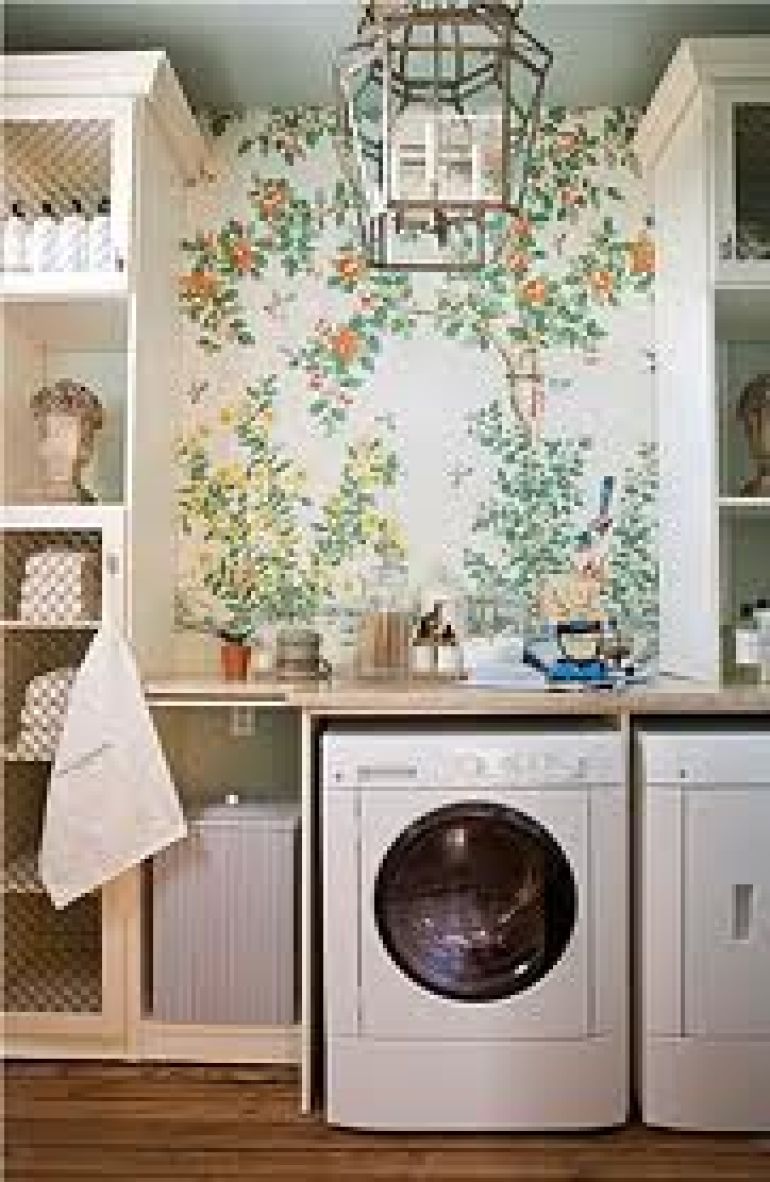
Perfected by the Chinese, this is a fairly luxurious design choice. Originally manifesting in landscape scenes and delicate birds, this style became popular in the Western world through the Chinoiserie phase and is now a very popular choice for feature walls with impressive price tags.
Where can I see more? This Vintage Lake Shore residence designed by Jessica Lagrange Interiors incorporates a stunning range of handpainted, delicate murals.
Peel-and-Stick wallpaper
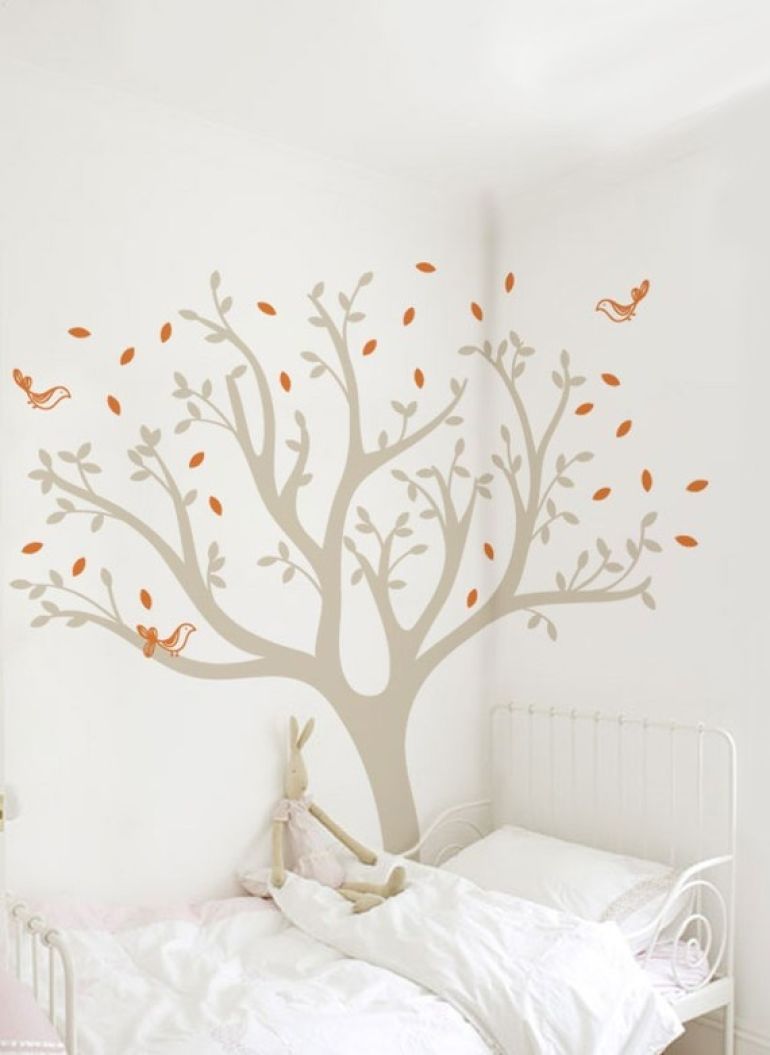
A more budget-friendly option, simple digitally-printed wallpaper has been taken one step further by companies mass-manufacturing plastic materials with adhesive backings. This varies from full-size wallpaper strips to cut-out designs ready to be applied onto a painted wall. A better choice for temporary wall decoration, such as in children's bedrooms, these wallpapers tend to be of lower quality and endurance.
Where can I see more? This blog post goes through the application process for standard size sheets and this article has suggestions for where to find self-adhesive decals.
Anti-Seismic wallpaper
It may take a few years - and a few tectonic shifts - for this style to properly emerge in the Australian market, but Bayer Material Science have designed a wallpaper capable of defending a home against earthquake damage! Featuring a strong adhesive teamed with glass fibre fabrics, the wallpaper is easy to install and was designed around the idea that buildings will often collapse as a result of a very insignificant weakness in their central structure which can be avoided with a bit of stabilisation.
What are the costs involved?
The cost of your wallpapering project will depend on the material you select, the size of your chosen surface and whether you opt for a professional installation service. Flocked, handpainted and custom-made wallpaper are the most expensive; solid sheet vinyl is costly due to its cleanability and resistance to moisture; vinyl coated and peel-and-stick varieties will come out cheapest. Plain paper wallpaper - although not mentioned in this article for its very short lifespan - is easy to install and will come out cheaper still.
It is difficult to provide a meaningful average cost without knowing:
the location of the work required
the dimensions of the space
the type of wallpaper, including pattern requirements
the preparation required
the location of any fixtures or obstacles (for example, toilets and sinks)
the location and size of doors and windows
Wallpapers can be bought in-store, online or through a contractor and you will be charged according to the number of units you require - the standard size of roll will depend on the country and company of origin, many are around 10 m in length and 52 - 3 cm in width. It is a good idea to purchase slightly more than necessary for the total square metre area of your surface dimensions. Bear in mind that if you have chosen a repeat paper (wallcovering with designs which need to be matched across sheets) you may require more paper for collateral.
Decorators and painters will hang wallpaper for a fee proportionate to the difficulty of the labour. Depending on the individual, you may be charged per roll hung, per hour of labour or per surface area. Things which will increase this cost include anomalies like stairwells and unusually high ceilings. If you need your contractor to remove old wallpaper from the surface, it will incur an extra fee.
Can I install my own wallpaper?

DIY wallpaper installation is one way to keep costs down. Regardless of the material, there are a number of steps to take if you choose this option. You will need to learn how to:
Accurately calculate the quantity of material needed
Strip old wallpaper
Prepare and prime the surface effectively, including liners, primers, sealers, mould bleaching solutions, and adhesives
Trim and alter the wallpaper to account for synchronicity
Alter the wallpaper to ensure it fits evenly around wall fittings
Apply the paper with a wallpaper roller or brush according to the pressure requirements of that material
Remove excessive adhesive and clean the surface
The wallpapering faux pas to be avoided include:
Measuring your space incorrectly
Purchasing exactly the right amount of wallcovering and no more
Tearing wallpaper during application
Failing to get patterns properly aligned
Having to reattach wallpaper which has peeled off
What else can I do with wallpaper?
If you don’t want to commit to wallpapering a whole surface or room, there are plenty of other options for brightening up your home on the cheap. These decoupage decoration ideas make a much less overwhelming statement.
Drawers

Stairs
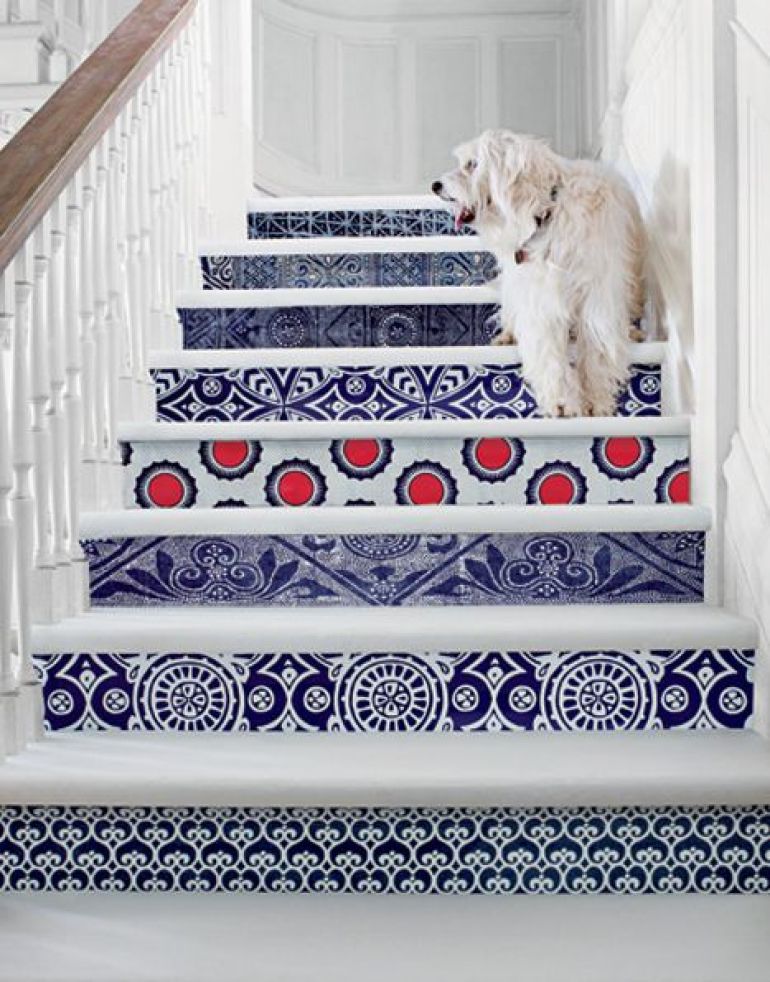
Cupboards

Bedheads
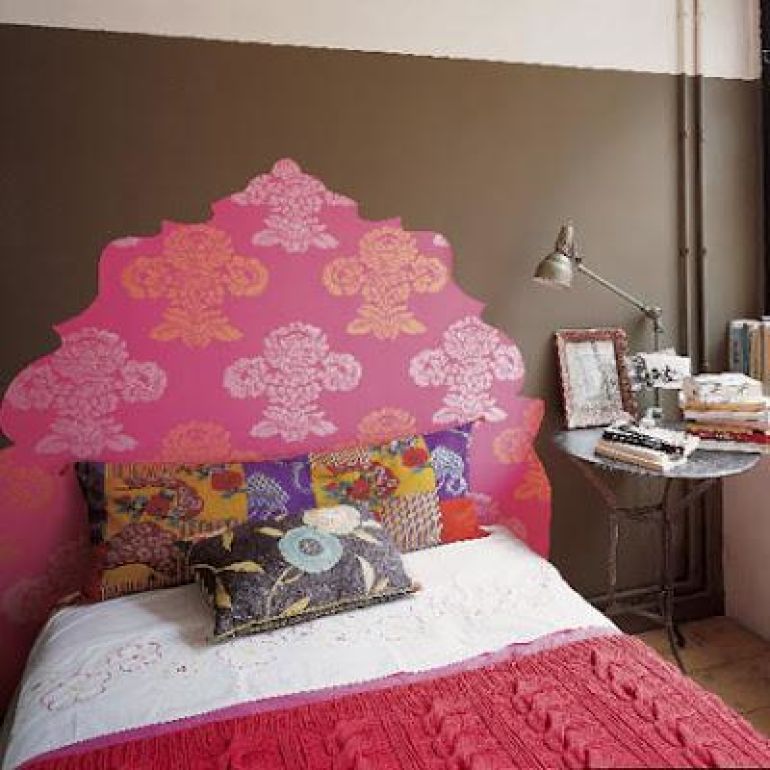
Displays
